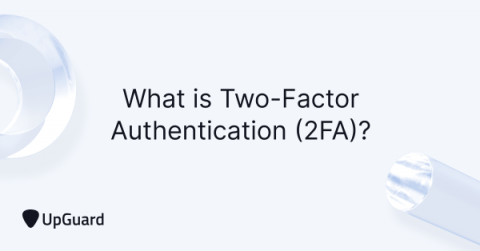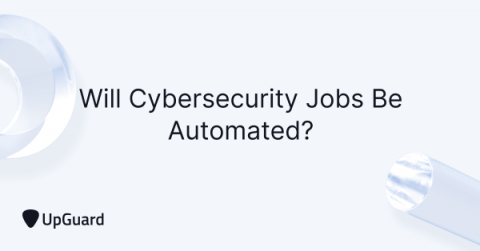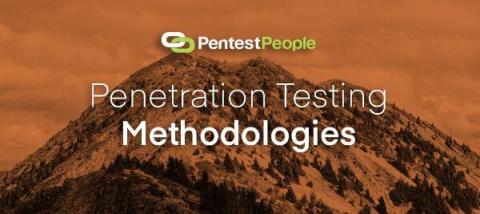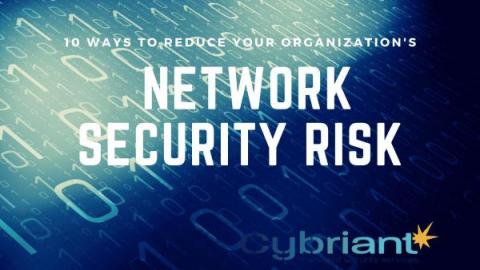3 New GitHub Features to Reinforce Your Code, Repo, and Dependency Security
Developers love GitHub. It’s the biggest and most powerful collaboration platform that programmers, developers, and companies use to develop and maintain their software. It’s the biggest source code host with more than 200 million repositories. And it keeps growing. In 2021, more than 73 million developers used GitHub. It gained over 16 million new users in 2021 alone, and GitHub estimates that user numbers will increase to 100 million developers in the next five years.










